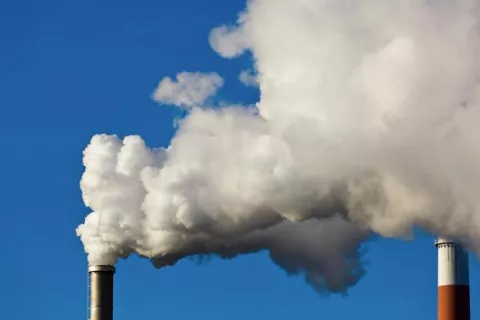
The World Health Organization reports that air pollution exposure killed approximately 7 million people in 2012. That figure more than doubles the previous estimates and was arrived at, in part, because of improved air quality sensor technology. The new detection equipment is enabling researchers to gather and share air quality data in new ways.
Cities and local communities are among those benefitting from this development. For example, residents of a Portland, Oregon neighborhood who were alerted to high levels of air pollution near their elementary school are partnering with Intel Labs on a pilot project that’s deployed small, low-cost sensors to gather air quality data in their community.
The size of an ostrich egg, these sensors use an open-source Arduino microcontroller. Data from the sensors is fed minute-by-minute to websites, where it is analyzed and presented in visualizations that are easy to understand. The sites create a real-time picture of toxic exposure risks and help identify pollution patterns for any given day, week, month or year. For more on the project, see Big Data Makes Invisible Air Pollution Visible or this video.
Another innovative experiment in capturing highly localized air quality data was recently conducted in the cities of Hong Kong and Shenzhen. Instead of locating fixed monitoring stations around these cities, researchers at the MIT Senseable City Lab attached small sensors to their wrists and belts and then traveled along standard commute routes on ferries, subways, and on foot. The sensors gathered data for carbon monoxide, nitrogen dioxide, temperature, humidity, and noise and monitored PM 10, a measure of coarse inhalable particles. On their calves, the researchers strapped a GPS and camera to track spatial information. This Atlantic Cities article provides the details and findings.
While the data delivered by improved sensors can paint a better and more localized picture of dirty air, measures to reduce air pollution commonly require a wide range of initiatives. This can include promoting public transportation and car-sharing to implementing an anti-idling policy for city vehicles to establishing low emissions zones. To learn how cities are using transportation policies and initiatives to reduce air pollution, download the free Smart Cities Readiness Guide.



